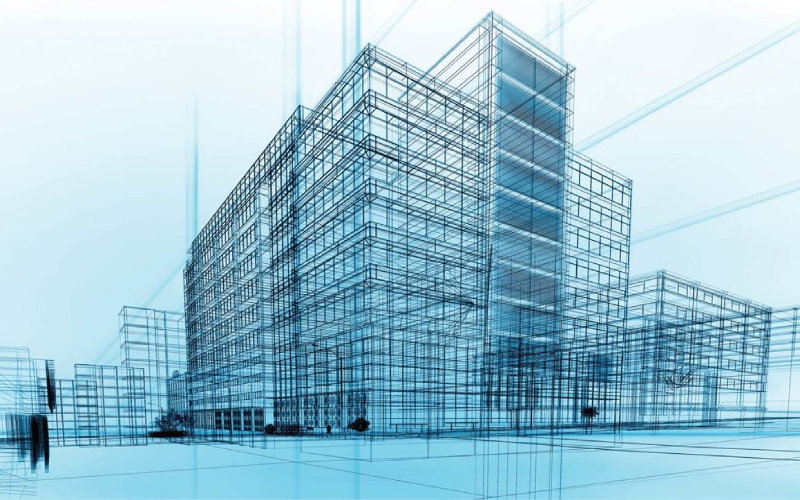Building Information Modelling (BIM) is currently widely used to represent the information included inside drawings and blueprints. BIM has pushed the digital era even closer by promising to make building design procedures more efficient, but it has also helped to improve construction management and monitoring. However, something is missing in the post-construction and operating phases. The model does not depict the structure as a living element once it has been completed; it simply reflects the building’s as-built shape. Even during construction, the information supplied to the BIM model is only as good as the information provided to it. The model will be late or wrong if the data is late or faulty. Many emerging technologies, such as the IoT (internet of things), complement BIM and expand its capabilities.
Integration of BIM and IoT might be used to improve construction and development monitoring, crisis management, energy management, and continuous operations. Let’s have a look at how this may function.
IoT has surely become one of the most essential daily technologies, with numerous advantages as more companies and organisations understand the potential of connected devices to keep them competitive. IoT is a network of things with unambiguous identification of components, integrated with software intelligence, sensors and network connectivity (usually the internet). IoT is focused on communicating all these gadgets. Web linked device in a Typical BIM IoT workflow implies that special management software is available immediately from a digital BIM to monitor and regulate data transmission.
WHAT IS IOT IN BIM
BIM (building information model) allows for the construction of a virtual representation that depicts the virtual model of works that have been completed or are in the process of being completed.
With very advanced technologies that additionally utilise connectivity with IoT sensors, the physical model, or construction asset, may be controlled through its digital twin.
IoT technology sensors are relatively basic devices, but when applied to buildings and infrastructures, they have a huge potential for innovation in terms of controlling both the technological and financial elements of their proper and effective functioning.
In combination with appropriate equipment, temperatures, moisture levels, light intensity, movement or every other mechanical or physical information may be measured. The resultant feedback is a real-time connection between the detected data and the 3D model (also used for visual reasons), bringing up an unlimited number of options in terms of efficiency and project management when these findings are combined with BIM technology.
IoT sensors maintain a continuous relationship between the real world and the digital model, creating new opportunities in project management.
This enormous collection of data provides a supporting base for each construction process decision-making and management phase: from the building site through over time management and maintenance. Sensors, for example, allow you to collect all essential data pertaining to the presence of people on the building site, workflows, peak presences, and any overlapping activities during the construction period. They may obtain real-time information about the usage of machinery, equipment, and materials, as well as a constantly updated status on the progress of the job and supplies.
BIM INTEGRATION WITH IOT:
1. Effective BIM: Collaboration is one of the most important characteristics to use BIM. However, the capacity to work with project teams is affected by several hurdles, one of which is locked data. It is difficult to simplify BIM procedures when access to data that should be shared is restricted. Integration with IoT might improve the efficiency of BIM operations by offering them a continuous flow of accurate information.
2. Customer-independent architecture: As the construction industry grows more tech-focused, project sites are becoming increasingly reliant on software tools. In this environment you may show, interpret and analyse data acquired by BIM models for all applications. By connecting with IoT, this data may be vastly improved. Temperature, humidity, building status, information about fire and flood hazard, and the state of air conditioning systems, elevators, and escalators may all be made available to interested parties independent of their operating system or software.
3. Pervasive monitoring: The parts of the construction can be seen as “objects” providing data on their own condition. Using pervasive monitoring, building element information may be constantly given even in an emergency. This can have extensive consequences, particularly in security and project communications.
4. Resource Planning and Tracking: BIM can help you plan and track your resources. By resorting to BIM models, material estimations may be done considerably more effectively. BIM models may also get continuous input regarding resource use in real time by integrating that estimate with IoT. This can assist to perfect the models and enable them to anticipate material requirements even more efficiently. It also helps to monitor waste and loss of material from the site and to give a far more precise use record.









